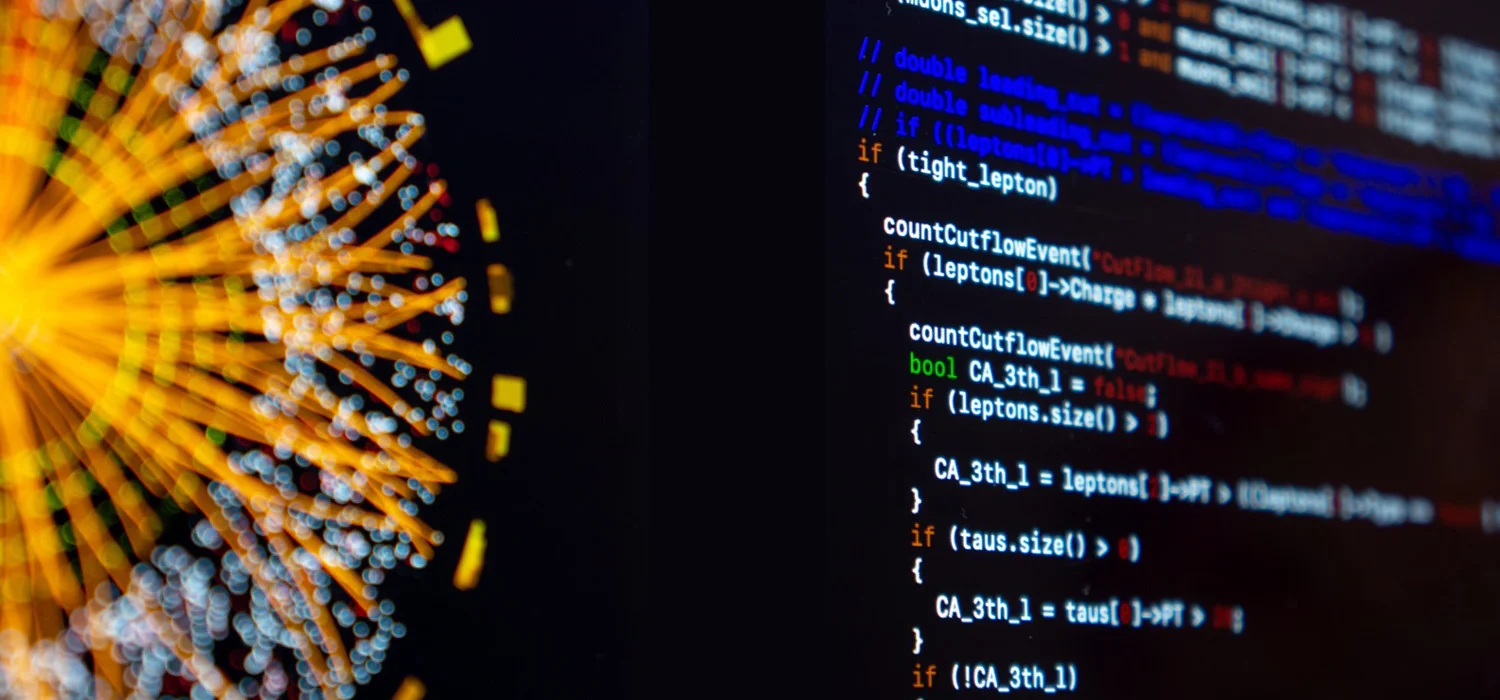Key points of this research results
- We have developed an apparatus for the neutron lifetime measurement with a new method and obtained the first experimental results.
- The neutron lifetime puzzle will be solved by improving the accuracy in future.
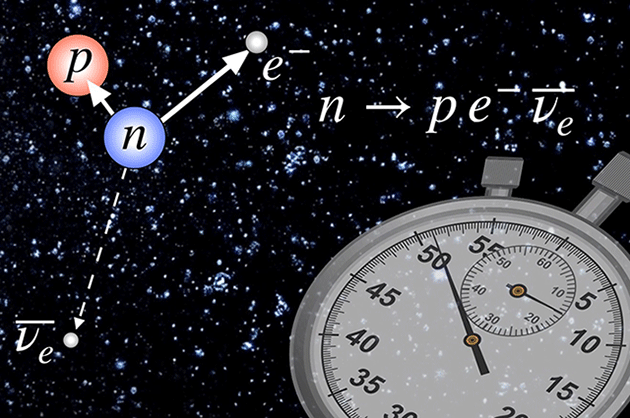
Abstract
A research group led by Kenji Mishima, Takashi Ino, and Go Ichikawa at the Institute for Materials Structure Science of the High Energy Accelerator Research Organization (KEK), in collaboration with Nagoya University, the University of Tokyo, Kyoto University, Kyushu University, Osaka Electro-Communication University, University of Tsukuba, and Osaka University, has developed an apparatus to measure the neutron lifetime using a new method different from existing ones, and obtained the first experimental results.
The decay of neutrons, one of the particles that form the nucleus, is deeply related to the mechanism of the synthesis of elements in the universe and to particle physics. By improving the measurement accuracy of neutron decay lifetimes based on the results of this research, it is hoped that the mysteries of the evolution of the universe will be further explored.
The research results are scheduled to be published in the journal "Progress of Theoretical and Experimental Physics" on January 8th, 2021.
Background
Neutrons are one of the nucleons that, along with protons, make up the atomic nucleus, which accounts for about half of all matter on Earth. Neutrons inside the nucleus are stable, but once they are extracted from the nucleus, they decay into protons, electrons, and antineutrinos (Note 1) within a lifetime of about 15 minutes. The lifetime of the neutron is an important value for understanding the origin of the universe and elementary particles. Recently, a big problem has been discovered with this neutron lifetime: The measured values differed depending on the measurement method.
The neutron lifetime is measured in two different ways. One is to count the number of neutrons that have decayed in the detector (the beam method, counting protons), and the other is to store neutrons in a bottle for a certain period and measure the neutrons that remain undecayed (the bottle method) (Fig. 1). The results obtained by the beam method (888 seconds) differed from those obtained by the bo ttle method (879 seconds) by 9 seconds. This difference cannot be caused by chance. This is called the "neutron lifetime puzzle", and the cause has not yet been clarified. Naturally, experimental error is suspected, but even after many years of verification by each experimental group, no cause has been found, and the difference has become more pronounced.
In general, different methods are required to validate the experimental results, since the same experimental methods may lead to the same mistakes. The research group investigated the possibility of a different beam method from the existing one using the high-intensity pulsed neutron beam at the Materials and Life Science Experimental Facility (MLF) (Note 4) of the Japan Proton Accelerator Research Complex (J-PARC).
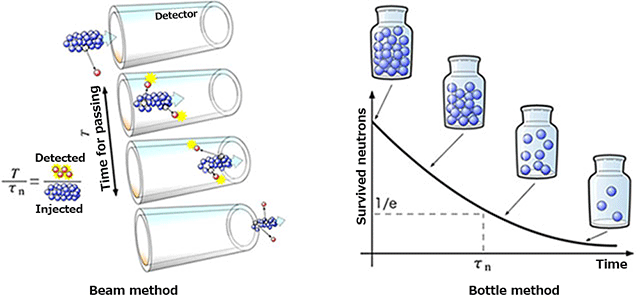
Research contents and results
While previous beam methods detect the protons produced when neutrons decay, the research group has devised a new method to detect electrons. By detecting electrons instead of protons, this experiment is different in principle from the previous experiments.
This experiment was performed at the BL05 beamline (NOP) of the J-PARC MLF. A high-intensity pulsed neutron beam was shaped to a bunch with its length of 40 cm using a special control device, and then introduced into a 1 m-long gas detector to detect electrons generated by the neutron decay inside the detector (Fig. 2). In general, detecting electrons from the neutron decay is a more difficult experiment than detecting protons, because there is more background. However, the research group overcame this problem by acquiring a signal only while the entire series of neutrons was inside the detector, and have now obtained the first experimental results (Fig. 3).
This result is not yet accurate enough, but we believe that it will lead to an investigation of the cause of the neutron puzzle by improving the accuracy.
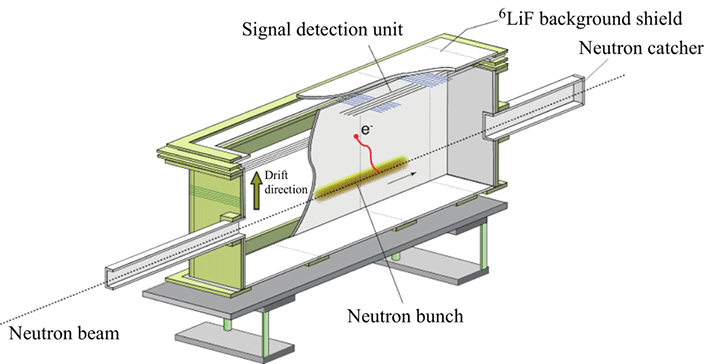
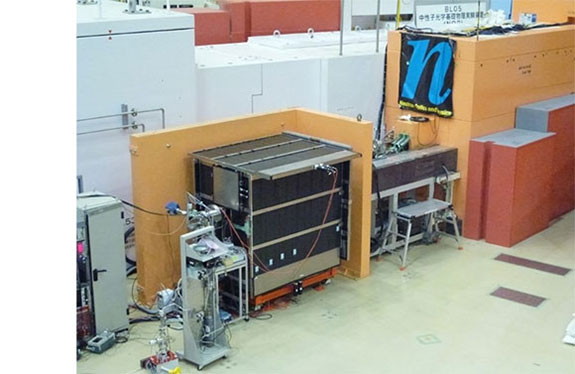
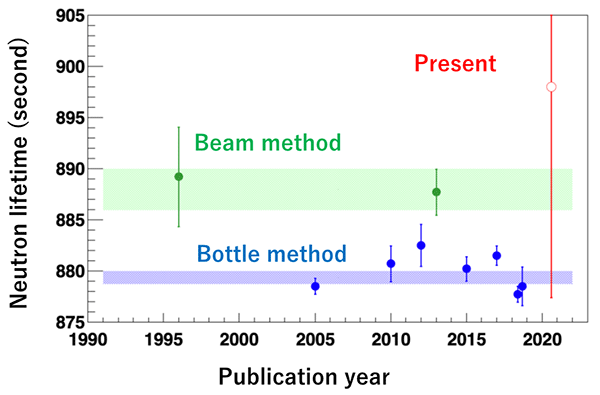
Significance of this research and future outlook
If the discrepancy between the neutron lifetimes of the two experimental methods is real, rather than an experimental error, it may lead to the discovery of unknown phenomena such as dark matter and the mirror world, and the results have attracted worldwide attention. This result is the first step toward solving the neutron lifetime puzzle, and it is hoped that it will be settled by improving the accuracy in the future.
Paper information
Title: Neutron lifetime measurement with pulsed cold neutrons
Journal: Progress of Theoretical and Experimental Physics
DOI: https://doi.org/10.1093/ptep/ptaa169
Authors: K. Hirota1, G. Ichikawa, S. Ieki, T. Ino, Y. Iwashita, M. Kitaguchi, R. Kitahara, J. Koga, K. Mishima, T. Mogi, K. Morikawa, A. Morishita, N. Nagakura, H. Oide, H. Okabe, H. Otono, Y. Seki, D. Sekiba, T. Shima, H. M. Shimizu, N. Sumi, H. Sumino, T. Tomita, H. Uehara, T. Yamada, S. Yamashita, K. Yano, M. Yokohashi, and T. Yoshioka
Glossary
- Note 1) The neutron decay: A free neutron, unbound to the nucleus, decays into a proton, an electron, and an antineutrino through the weak interaction. This process is called as beta decay.
- Note 2) Dark matter: An unknown substance that is predicted to exist based on the motion of celestial bodies. It is estimated to account for about 85% of the total mass of the universe.
- Note 3) Mirror neutron:A hypothetical neutron that has a mirror image relationship with neutrons (mirror matter). It is thought to travel between the normal world and the mirror world with a certain probability. It is also a candidate for the dark matter as described in Note 2
- Note 4) Japan Proton Accelerator Research Complex (J-PARC): J-PARC is a high intensity proton accelerator facility, and aims at the frontier in materials and life sciences, and nuclear and particle physics. It is a joint project between KEK and Japan Atomic Energy Agency. NOP is installed at the Materials and Life Science Experimental Facility (MLF) of J-PARC
Related Links
JPS Hot Topics 1, 043 https://doi.org/10.7566/JPSHT.1.043 ©2021 The Physical Society of Japan
